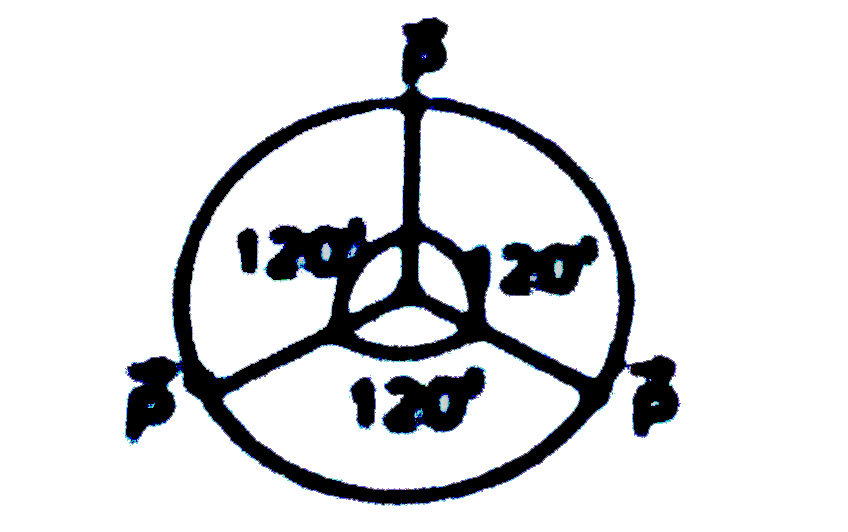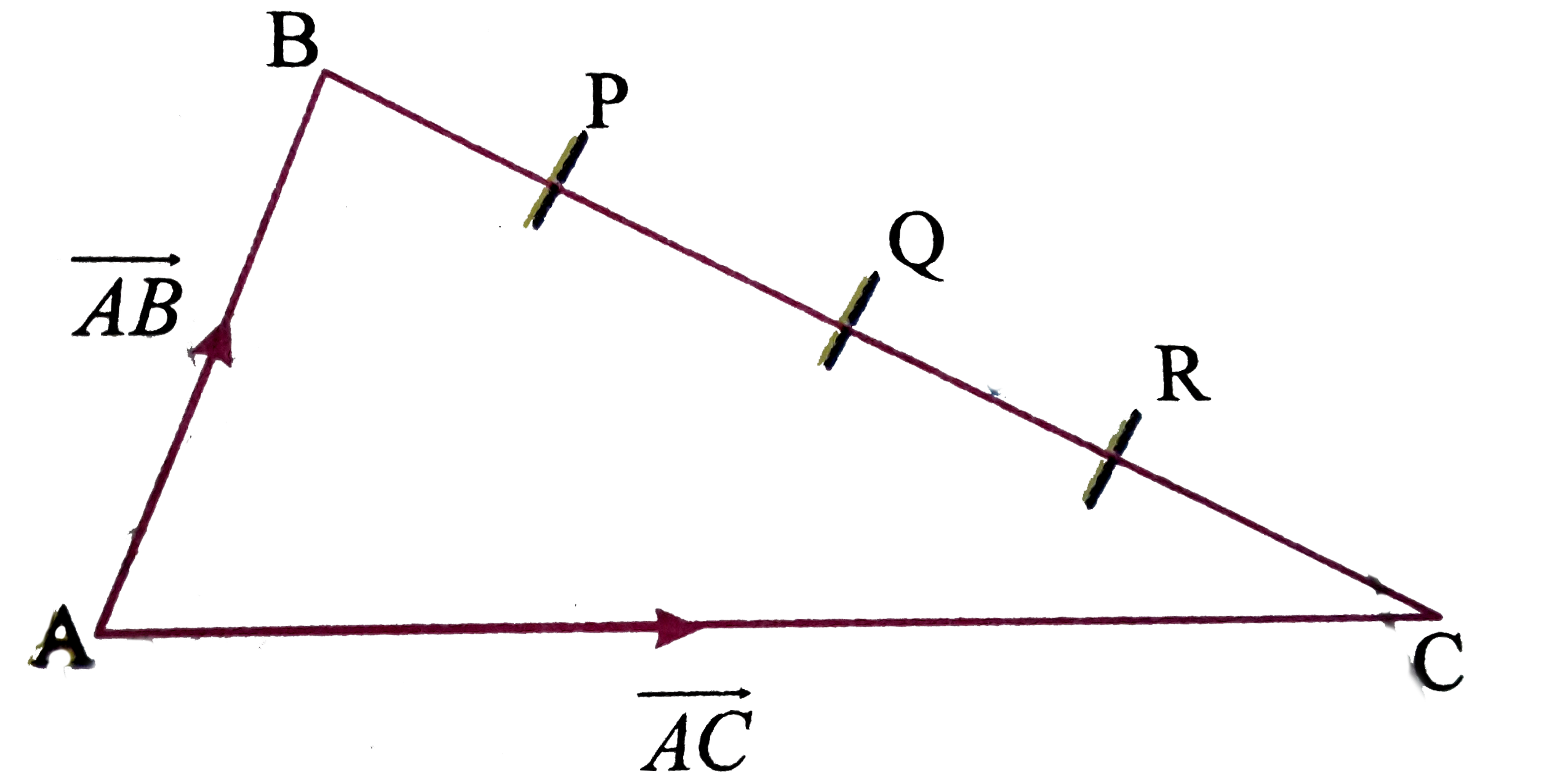A charge q is divided into three equal parts and placed symmetrically on a circle of radius r. The same charge is divided into four equal parts and placed symmetrically on the same circle. The electric field intensities at the centre of the circle in two situations are zero
Q. The potential energy of the system in first situation where the charge is divided into three equals parts is
14πεoq2r
136πεoq2r
112√3πεoq2r
112πεoq2r
Potentials at the centre
V1=14πε0qr,V2=14πε0qr
Potential energy in situation I is
U1=3×14πε0((9/3))2(√3R) =112√3πε0q2R
When one charge is removed, the field intensity at the centre is due to the removed charge only.
E1=14πε0q/3r2
E2=14πε0q/4r2∴E1E2=43

Topper's Solved these Questions
Similar Questions
Knowledge Check
A charge q is divided into three equal parts and placed symmetrically on a circle of radius r. The same charge is divided into four equal parts and placed symmetrically on the same circle. The electric field intensities at the centre of the circle in two situations are zero
Q. The ratio of electric potentials at the centre in the two situations isA2√3B11C43D169A charge q is divided into three equal parts and placed symmetrically on a circle of radius r. The same charge is divided into four equal parts and placed symmetrically on the same circle. The electric field intensities at the centre of the circle in two situations are zero
Q. If a charge (part charge) is removed from one location in both the situations, the ratio of magnitudes of the electric field intensities at the centre isA12B11C23D43If a circle of radius 12 cm is divided into two equal parts by one concentric circle, then radius of inner circle is:
A6 cmB4 cmC6√2cmD4√2cm
Three dipoles each of dipole moment of magnitude p are placed tangentially on a circle of radius R in its plae positioned at equal angle from each other as shown in the figure. Then the magnitude of electric field intensity at the centre of the circle will be :

View SolutionBC is divided into four equal parts by P,Q and R.The resultant of −−→AB and 3−−→AC is

View SolutionThe diameter of a circle is 80 cm. The radii (in cm) of their concentric circles drawn in such a manner that the whole area is divided into four equal parts.
View SolutionA loaded spring vibrates with a period T. The spring is divided into four equal parts and the same load is divided into four equal parts and the same load is suspended from one end of these parts. The new period is
View SolutionA charge q is placed at the centre of the line joining two equal charges Q. The system of the three charges will be in equilibrium if q is equal to:
View Solution

